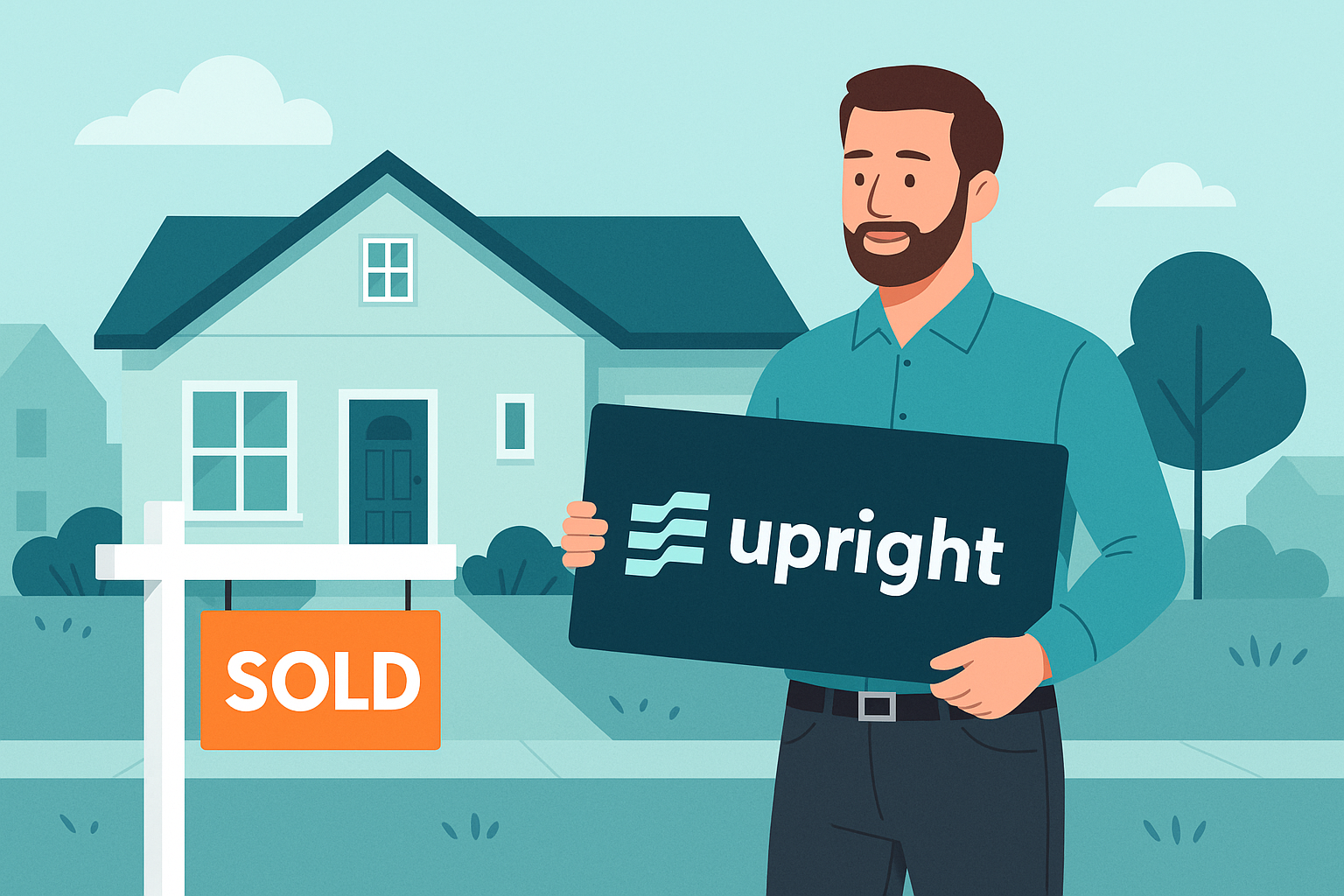Debt-Service Coverage Ratio (DSCR) Rental Loans have become a popular financial tool for developers and rehabbers with good cash-flowing properties, providing them with unique opportunities for growth and investment.
Understanding What Debt-Service Coverage Ratio (DSCR) Means:
Before diving into the applications of DSCR loans, it's important to first understand the foundation upon which they are built—the Debt-Service Coverage Ratio. DSCR is a pivotal financial metric that is used by creditors and lenders to gauge a business’s capacity to meet its debt obligations. Specifically, the DSCR measures the cash flow available for servicing existing debt.
The DSCR acts as a litmus test for firms, projects, or individual borrowers, enabling lenders to assess creditworthiness and cash-flow ability. The minimum DSCR requirement may vary depending on the prevailing macroeconomic conditions. During economic upswings, lenders may be more flexible in accepting lower Debt Service Coverage Ratios. However, as economic conditions fluctuate, lenders may raise their DSCR threshold.
A typical DSCR benchmark sought by lenders is in the range of 1 to 1.25. This implies that borrowers must demonstrate cash flow (such as rental income) equal to 1 to 1.25 times the amount of their loan payments. Falling short of this benchmark can prompt lenders to request additional collateral or, in severe cases, deny loan extensions.
When to Use DSCR Rental Loans
DSCR Rental Loans are offered by private lenders like us, as well as traditional banks and credit unions. The DSCR loan is typically a loan to an LLC or trust. You can also get a personal DSCR loan, but the terms won’t be as good. The DSCR loan caters to a wide array of financial needs, making it a valuable resource for development and rehab businesses looking to leverage their strong cash-flow and creditworthiness.
DSCR Loans for Fix-and-Flip and Rehab
Rehabbers can use a hard money loan or traditional bank loan to purchase a distressed property and finance the rehab, but once complete, they have the option to refinance into the DSCR Rental Loan to hold the property long term. The subject property(ies)'s income potential is the primary driver in qualification, eliminating the need for personal guarantees.
DSCR Loans for Build to Rent
Just like in a fix-and-flip situation, developers looking to build rental properties would rely on funding via a short-term hard money or bank loan to purchase and construct, then refinance into a DSCR Rental Loan once complete to hold the property long-term. The cash-flow potential of the subject property(ies) is also considered during the underwriting process for build-to-rent properties.
DSCR Loans for Ready to Rent
Sometimes developers have the opportunity to buy a property or portfolio that is ready to be rented (no work to be done) or already has tenants. In this case, the long-term DSCR Rental Loan can be used to purchase and hold the subject properties.
The Benefits of DSCR Loans
A key benefit of DSCR loans is the ability to use the income from the investment properties to purchase or refinance additional assets (similar to the BRRRR method). Financing the property based on expected/actual cash flows allows investors to scale their portfolios as opposed to conventional lending where properties are still underwritten based on the income of the borrower.
Generally, developers can only have about 10 non-DSCR loans in their name before the banks start to cut back on the financing, then requiring personal financial statements and W-2/tax filing info regularly to continue to get financing. With DSCR loans, qualification is based on the income of the property, not your personal income. Debt-to-income (DTI) is not impacted by DSCR loans, unlike conventional loans. If you get a DSCR loan, it won't inhibit your ability to buy a personal home or a car.
Additionally, DSCR loans are often characterized by lower interest rates, as lenders perceive them as less risky. A strong DSCR offers assurance that the property will generate sufficient income to cover its financial obligations, instilling confidence in lenders.
Calculating the Debt Service Coverage Ratio (DSCR)
To further understand the benefit of a DSCR loan, let’s explore what Debt Service Coverage Ratio means, and how it is calculated.
The ratio calculates the property’s ability to pay its debt with the income it generates (such as rent). Let’s look at the formula to understand more:
DSCR = Annual Net Operating Income / Annual Debt Payments
To calculate the above, you must first determine the net operating income and debt payments. Net operating income is computed as the difference between revenue and operating expenses:
Net Operating Income = Revenue – Operating Expenses
Total debt payments consist of principal payments, interest payments, and lease payments:
Total Debt Payments = Principal Payment + Interest Payment + Lease Payments
DSCR is obtained by dividing the business’s annual net operating income by the total annual debt service. An actual DSCR of 1.2 or higher typically signifies that the business possesses adequate income to cover its debt obligations.
How to Improve Your Debt Service Coverage Ratio
And, if your Debt-Service Coverage Ratio is less than ideal, or lower than the lender requires, there are ways to improve:
Pay Down Existing Debt: Reducing or eliminating current debt commitments will increase the DSCR, improving the likelihood of loan approval.
Optimize Your Operations: Review your business operations to identify areas where inefficiencies can be causing you to lose money. Enhancements in equipment, inventory management, production methods, and employee training can boost the bottom line.
Reduce Expenses: Scrutinize every cost to find and eliminate expenses you no longer need, that have become to costly, or that you forgot about to help increase your revenue/income.
DSCR loans serve as a powerful financial tool offering opportunities for expansion, investment, and financial optimization. When contemplating additional debt, seek the guidance of a financial advisor, and aim for a DSCR of at least 1.2 to enhance your eligibility for loans and secure favorable terms. DSCR loans empower developers and redevelopers to leverage their financial strength and expand their businesses.





